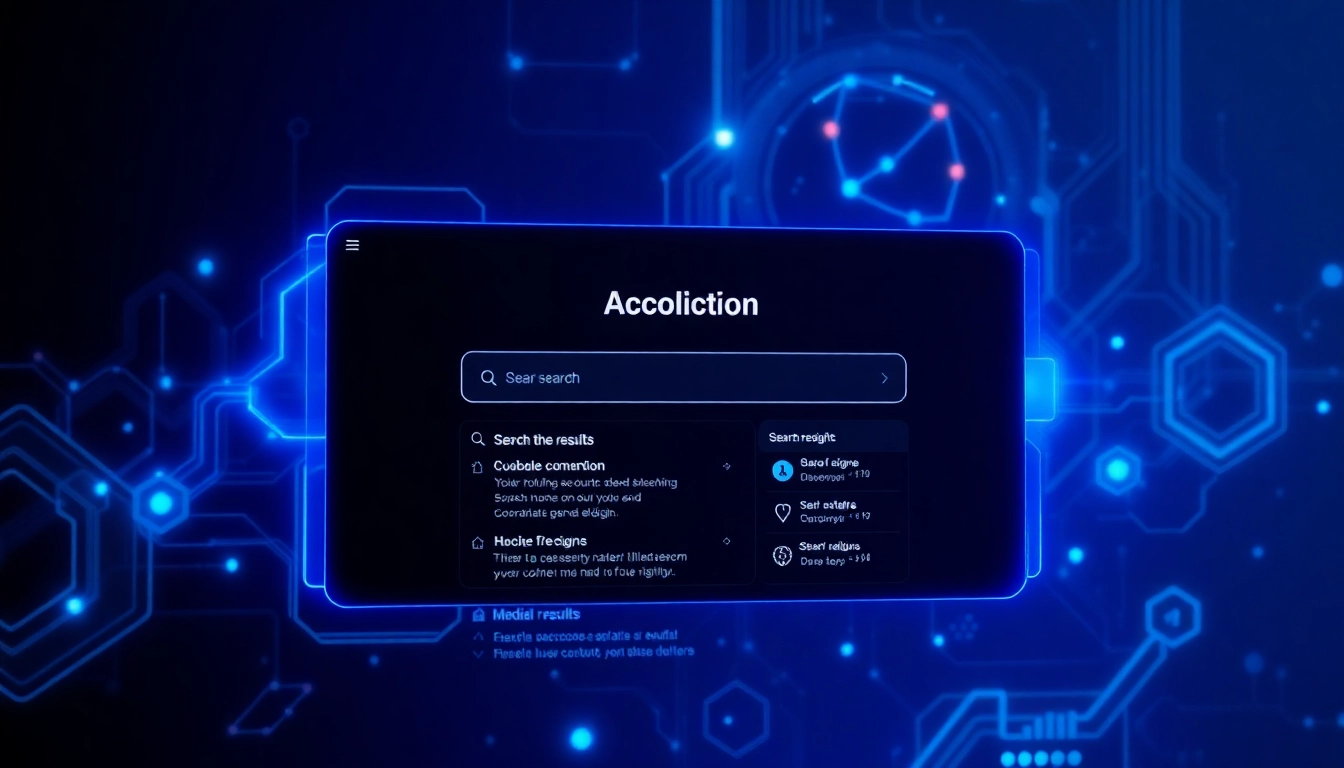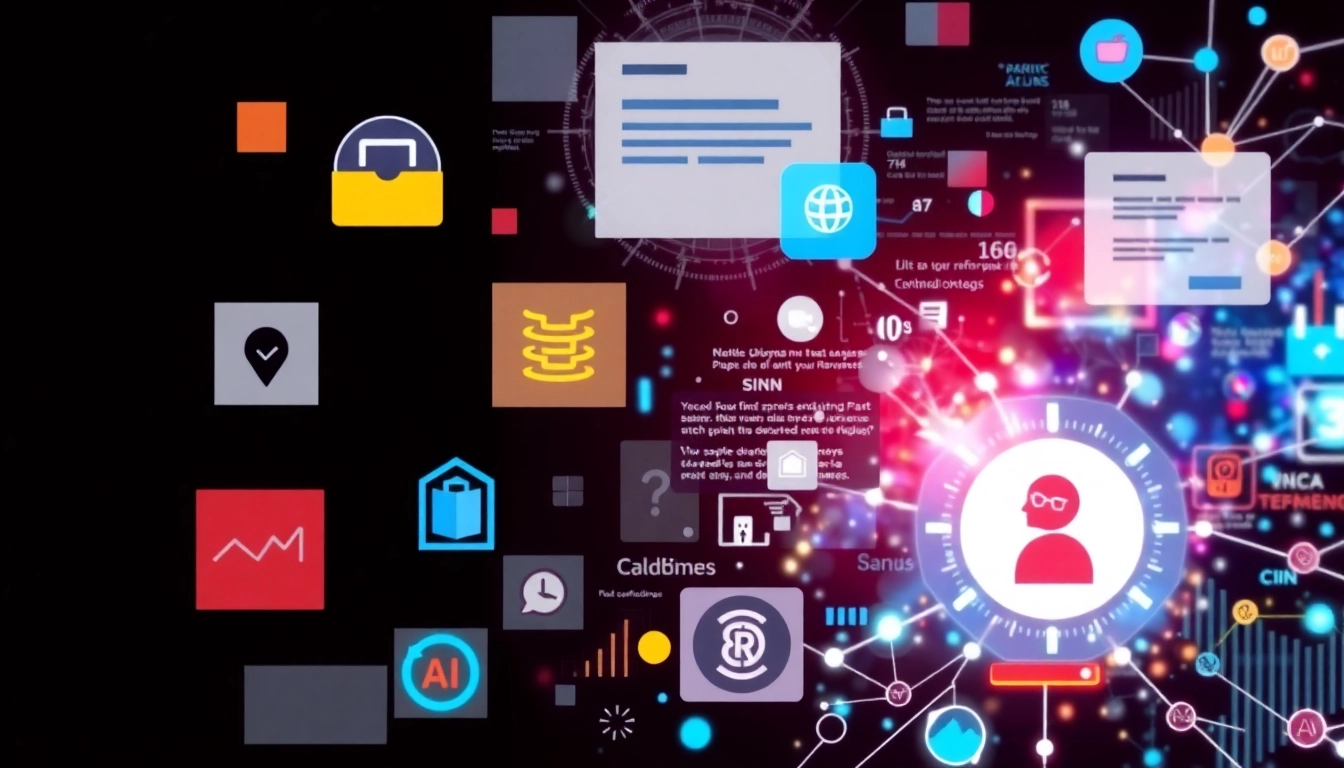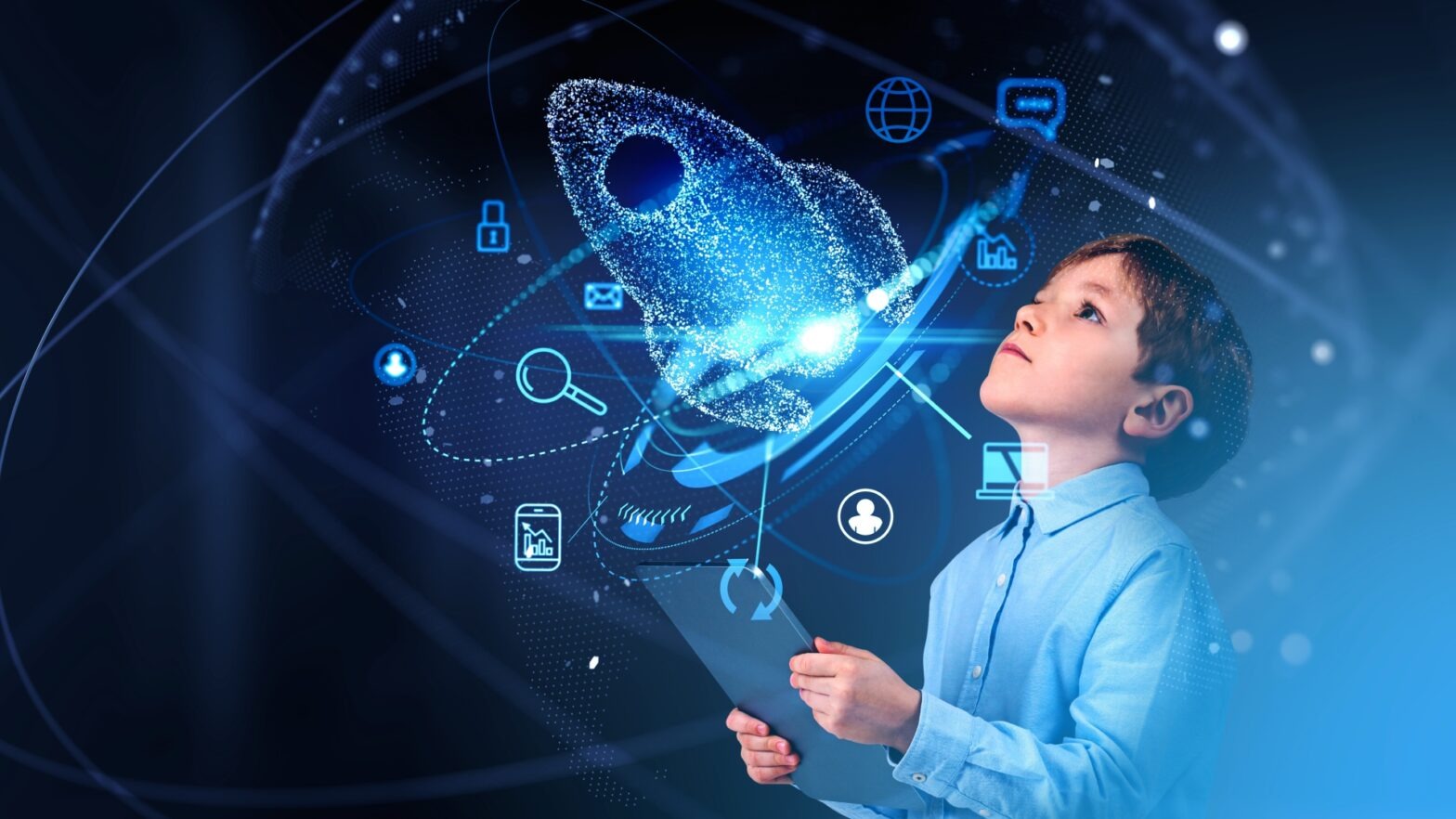Understanding Agentic Human AI
As technology evolves, so does our understanding of artificial intelligence. One of the emerging concepts gaining traction is Agentic Human AI, which refers to AI that can operate autonomously while achieving specified goals. Unlike traditional AI systems that rely heavily on human intervention, agentic AI adapts to various situations by learning from the environment and making independent decisions. This article will explore the intricacies of agentic human AI, its applications across multiple sectors, and the potential it holds for transforming modern workspaces.
What is Agentic Human AI?
Agentic Human AI is a subset of artificial intelligence that enables machines to take autonomous actions to fulfill desired objectives while minimizing human oversight. These systems feature advanced algorithms, machine learning capabilities, and decision-making processes that empower them to operate in complex environments. Essentially, agentic AI can perceive its surroundings, weigh alternatives, make informed choices, and execute actions without the need for continuous human input.
Key Characteristics of Agentic Human AI
- Autonomy: Agentic AI can function independently, making decisions based on its understanding of the environment and objectives.
- Adaptability: These systems can learn from changing conditions and adjust their strategies accordingly.
- Contextual Understanding: Agentic AI has the capacity to comprehend contextual nuances that influence decisions.
- Multi-faceted Problem Solving: They employ advanced reasoning to tackle intricate, multi-step challenges.
Applications in Different Industries
The versatility of agentic human AI transcends various industries. Here are a few notable applications:
- Healthcare: Agentic AI systems can assist in diagnosing patient conditions by analyzing data from various medical records and suggesting treatment plans autonomously.
- Finance: In finance, these AI systems can analyze market trends and execute trades based on predictive analytics, improving investment outcomes.
- Manufacturing: Agentic AI optimizes production processes by adjusting machinery settings in real-time and predicting maintenance needs, thus reducing downtime.
- Transportation: Autonomous vehicles utilize agentic AI to navigate and make decisions based on environmental factors and traffic conditions.
The Role of Agentic Human AI in Modern Workspaces
Agentic Human AI holds immense potential in redefining how organizations operate. By enhancing productivity and facilitating collaboration between humans and machines, these systems contribute to greater efficiency and innovation.
Enhancing Productivity Through Automation
One of the primary advantages of implementing agentic human AI in the workplace is the significant boost in productivity. Tasks that once required considerable time and labor can now be executed rapidly and accurately with minimal human oversight. For instance, in a customer service setting, AI-driven chatbots can field inquiries autonomously, allowing human agents to focus on more complex concerns.
Facilitating Human-AI Collaboration
The integration of agentic human AI fosters collaboration between humans and machines. Instead of replacing jobs, these systems augment human capabilities, enabling better outcomes. For example, in fields such as marketing, AI can analyze consumer data trends much faster than a human could, providing insights that marketing teams can leverage to craft targeted campaigns effectively.
Success Stories from Leading Organizations
Numerous organizations have successfully implemented agentic human AI technologies to tremendous effect. One notable example is IBM, which employs AI systems to streamline its customer service operations. By incorporating natural language processing and machine learning capabilities, the company has significantly reduced response times while improving customer satisfaction ratings.
Potential Challenges of Implementing Agentic Human AI
While the potential benefits of agentic human AI are significant, organizations must also navigate various challenges during implementation.
Data Privacy and Security Concerns
As agentic AI systems require vast amounts of data to function effectively, safeguarding this information is essential. Organizations must invest in robust security measures to prevent data breaches and ensure compliance with regulations like GDPR and HIPAA.
Technical Integration and Costs
Integrating agentic AI into existing systems can pose technical challenges and financial implications. Organizations need to assess their current infrastructure and determine whether it is compatible with new AI technologies, which may require considerable investment in software and training.
Ethical Considerations and Human Oversight
The ethical implications of deploying agentic human AI cannot be ignored. Questions around accountability, bias, and the need for human oversight are paramount. Organizations must establish guidelines that delineate responsibilities and ethical standards for AI-driven decision-making processes.
Best Practices for Leveraging Agentic Human AI
To unlock the full potential of agentic human AI, organizations should adhere to best practices that ensure effective implementation and ongoing success.
Identifying Suitable Use Cases
Organizations should begin by identifying specific use cases where agentic human AI can add value. Conducting feasibility studies can help pinpoint opportunities that align with organizational goals while ensuring the technology can be harnessed effectively.
Training and Change Management
Successful adoption of agentic human AI requires thorough training for employees to understand how to collaborate with AI systems effectively. Change management strategies should also be implemented to facilitate a smooth transition and address resistance to change.
Monitoring and Evaluating Performance
It’s crucial to continuously monitor the performance of agentic human AI systems to ensure they operate optimally. Organizations should establish key performance indicators (KPIs) to measure effectiveness and identify areas needing improvement.
The Future of Work with Agentic Human AI
As agentic human AI continues to evolve, it is imperative for organizations to stay informed about emerging trends and prepare for a future characterized by collaboration between humans and AI.
Emerging Trends and Innovations
The landscape of agentic human AI is rapidly evolving, driven by innovations such as deep learning, natural language processing, and enhanced machine learning techniques. Organizations must keep abreast of these advancements to leverage new opportunities and maintain a competitive edge.
Preparing for a Collaborative Future
Adapting to a future where agentic human AI plays a central role involves rethinking work processes and organizational structures. Leaders should cultivate a culture that embraces AI as a collaborative tool rather than a replacement for human intelligence.
Building Skills for Tomorrow’s Workforce
To thrive in an increasingly automated environment, employees must develop skills that complement AI capabilities. Emphasizing critical thinking, emotional intelligence, and adaptability will prepare the workforce for successful interaction with future AI technologies.











Leave a Reply